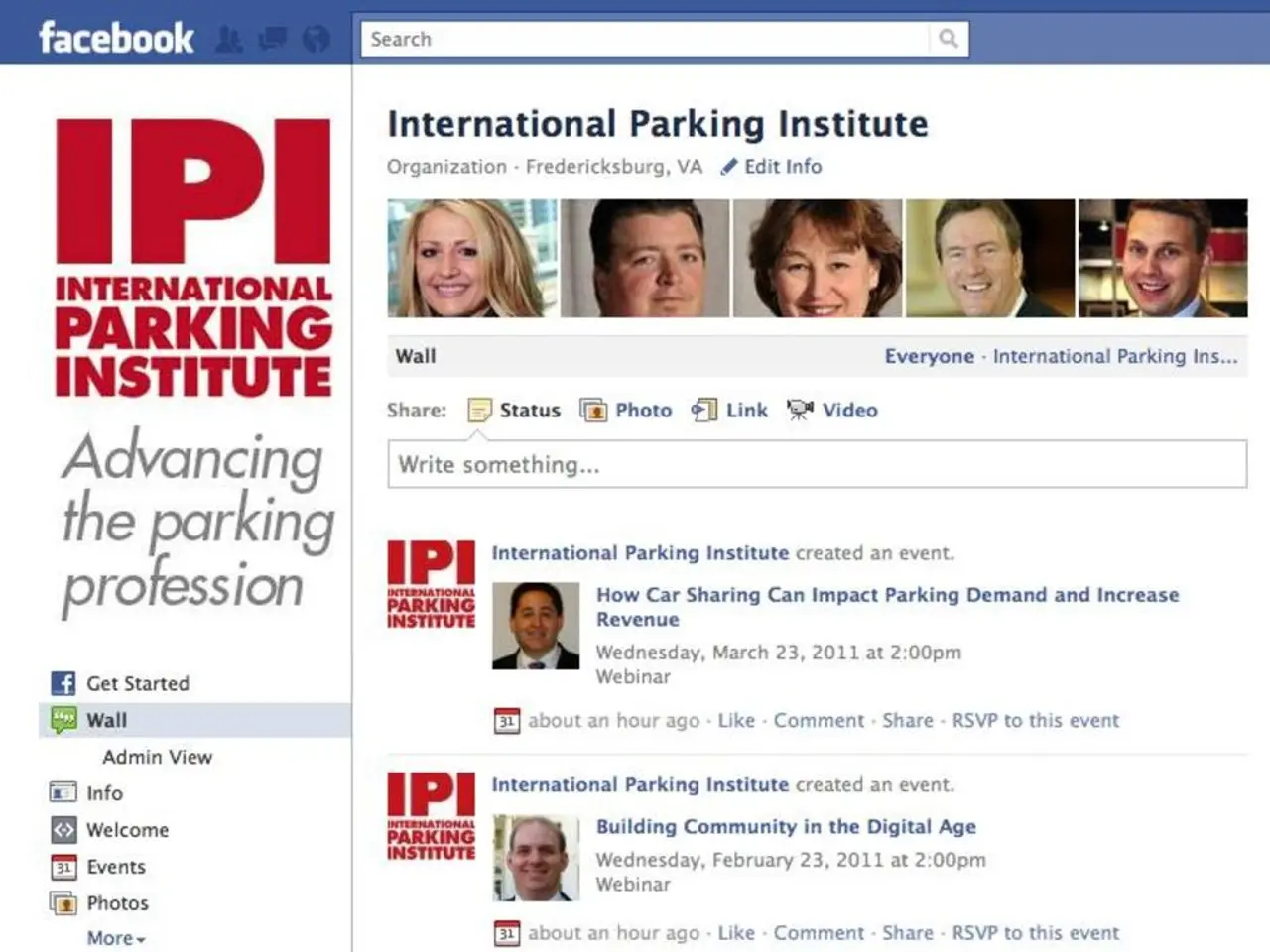Spoke further, she did
In a groundbreaking study, researchers from Creative PEC and Nesta have delved into over half a million articles published in The Guardian between 2000 and 2018, focusing on the creative industries. The report, published on their website, offers insights into the evolution of gender representation in these sectors over the past two decades.
The findings reveal a significant increase in the space afforded to women within the creative sections of The Guardian. In the last five years, this proportion reached 40% by 2018. This trend is particularly noticeable in the Fashion section, where the balance tipped over 50% in 2018.
However, the study also uncovers a persistent gap in the use of words that imply creative achievements and leadership roles. Words such as 'produced', 'directed', and 'painted' were around 7 percentage points more likely to follow 'he', compared to the overall mix of 'she' and 'he'.
Interestingly, there is tentative evidence to suggest that certain creative pursuits have become slightly more gender neutral in recent years. For instance, 'wrote', 'produced', and 'directed' are no longer significantly more likely to follow 'he', and 'plays' has become more likely to follow 'she'.
The research focuses on The Guardian because it offers open access to its content, unlike other major newspapers. This accessibility to data is crucial for more in-depth analysis of diversity in the creative industries.
The study also highlights differences between the creative sections of The Guardian regarding their current gender mix and how that mix has changed over time. For example, in 2018, female pronouns comprised just a quarter of all gendered pronouns in the Technology and Games sections.
The words were clustered based on their vector representations in part of the Google News dataset using a Gaussian Mixture Model. This approach allowed the researchers to identify words more likely to follow 'he' or 'she' in The Guardian articles between 2000 and 2018.
The study also sheds light on the impact of cultural movements on language use. Following the Me Too movement, there has been a shift in the language associated with men and women. The words 'alleges' and 'alleged' became significantly more likely to follow 'she', while the words 'raped', 'sexually', and 'unequivocally' became more closely associated with men.
Moreover, the report shows that words more likely to follow 'she' are often in the present tense, while words more likely to follow 'he' are often in the past tense. This trend suggests a possible emphasis on the present achievements of women, compared to the historical accomplishments of men.
The research on the weighting of gender differences in reporting on the creative industries outside of The Guardian has been conducted by Creative UK. They have issued reports on diversity and equity within the cultural sector in the UK.
This study demonstrates the potential of using big data and machine learning to generate meaningful insights on gender inequality in the creative industries. It serves as a call to continue this work, striving for a more balanced and equitable representation of voices in the media.
In 2019, there may be a possibility that women are quoted as often as men in a given month in The Guardian. This progress, while encouraging, underscores the need for ongoing vigilance and commitment to promoting diversity and equality in all sectors of society.
Read also:
- Parliamentary Meetings in the Federal Diet of Germany this Week
- A Meniscus Tear refers to a common knee injury that occurs when the meniscus, a crescent-shaped cartilage within the knee joint, becomes torn or damaged.
- Startupopportunities available at the European Health Congress; submissions accepted for potential collaborations
- Lockdowns fuel COVID-19 threat perception, according to recent research in the UK




